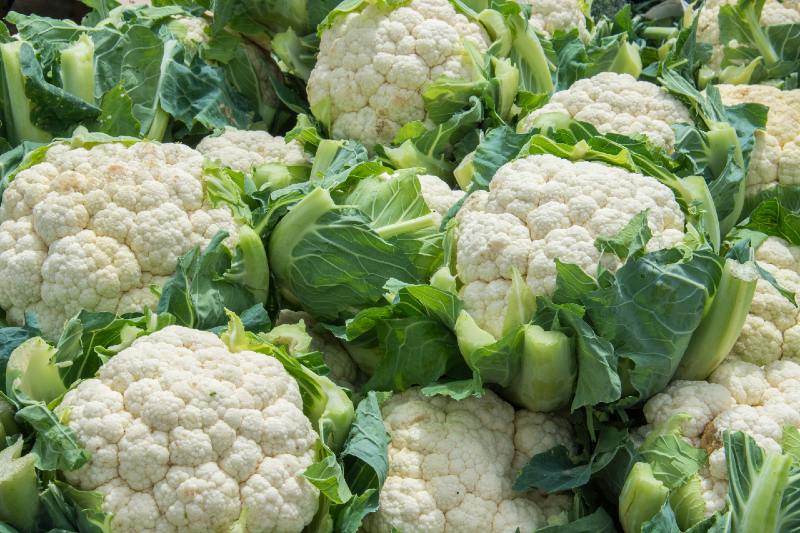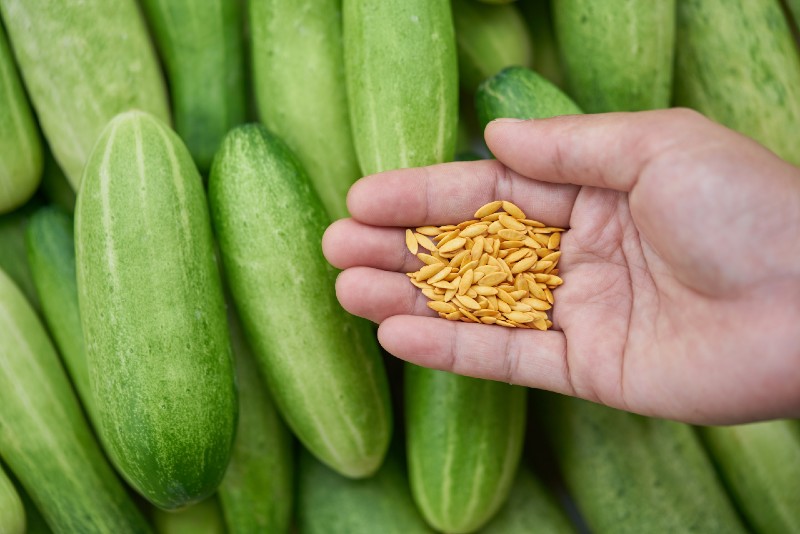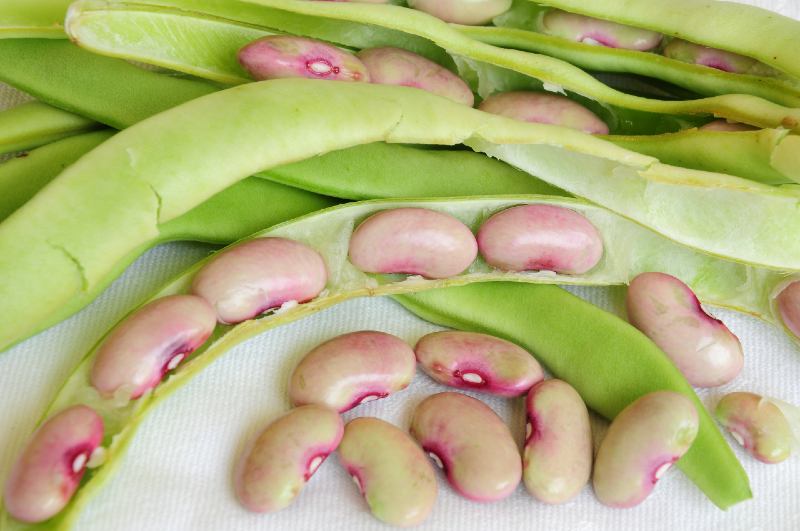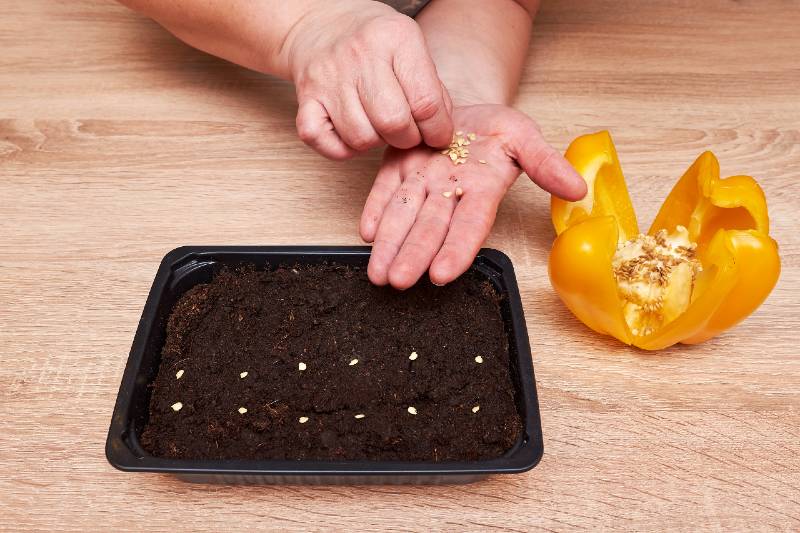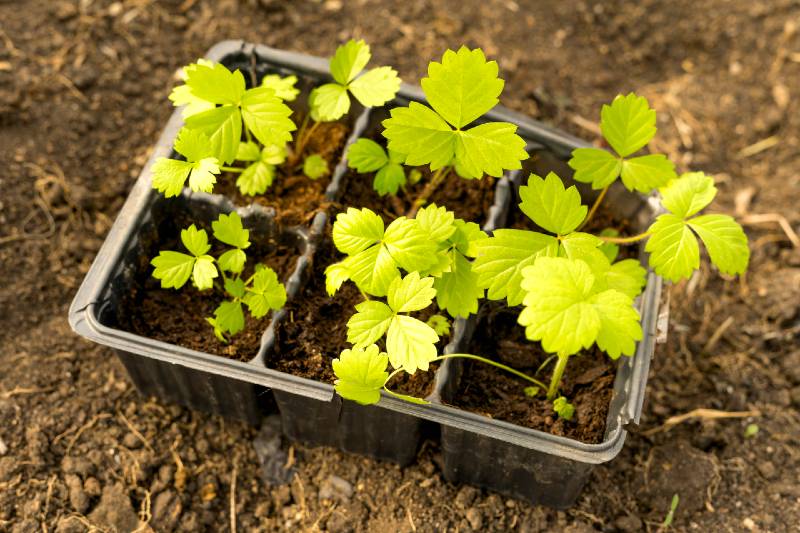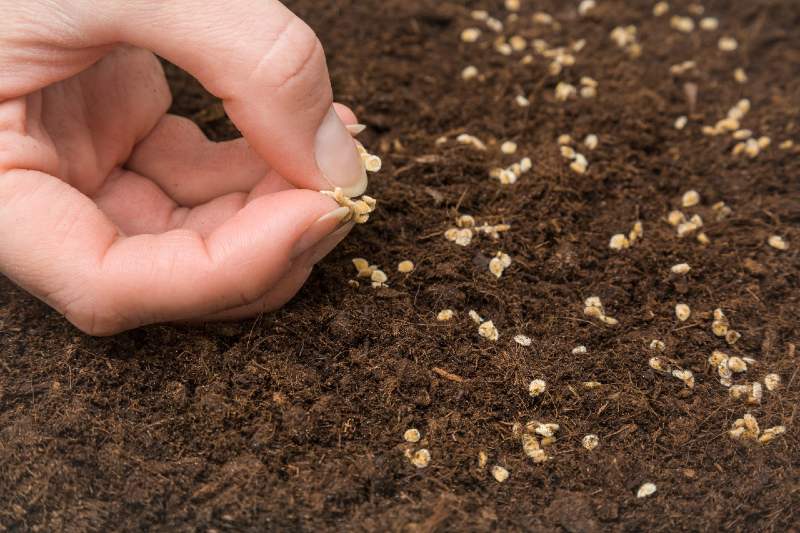Gardening
Seed Starting for Preppers – What You Need to Know
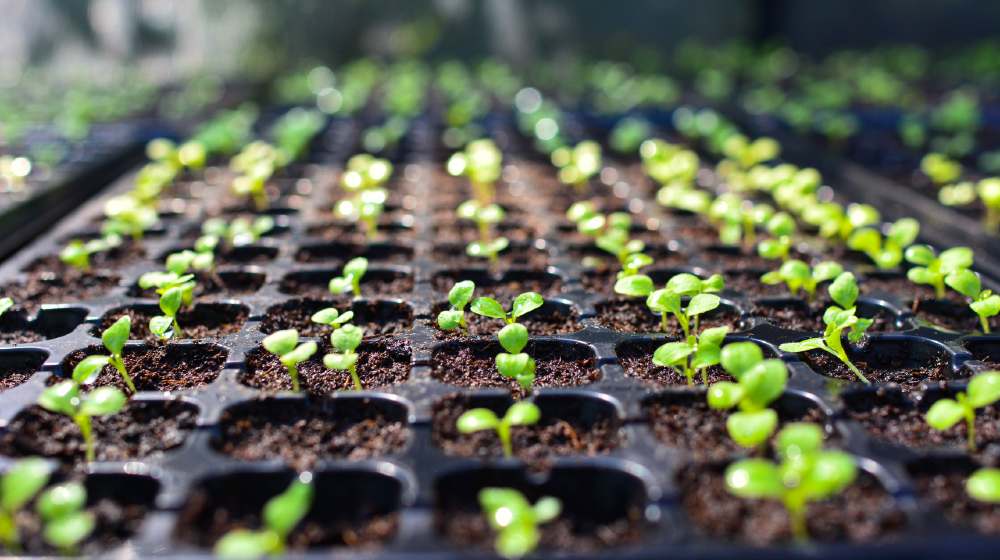
The importance of seed starting cannot be stressed enough. It should be high on every prepper’s priority list since food security is tantamount to survival. Read on as we give you the lowdown on preparing seeds for your survival garden.
RELATED: How To Start A Garden In 7 Easy Steps
Seed Starting 101: A Prepper’s Guide
Advantages of Starting Seeds Indoors
1. It Gets You Ahead of The Growing Season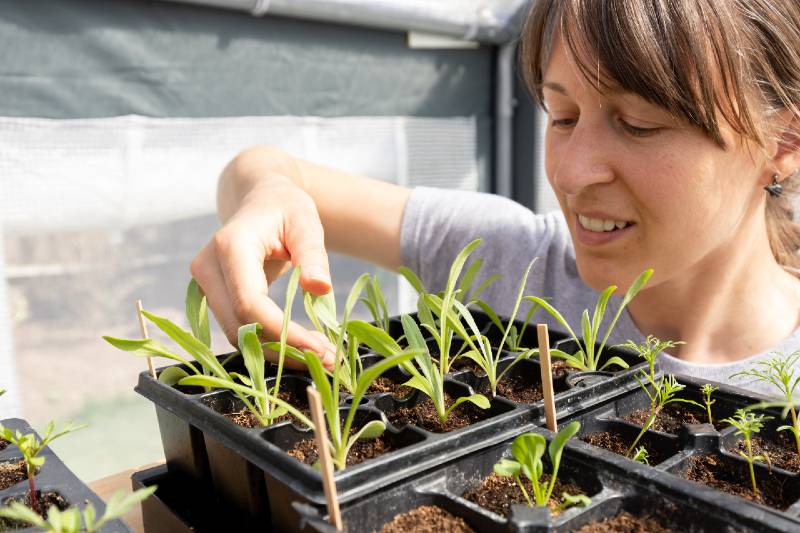
Seed starting in the comforts of your home gives you ample time before the growing season. Having these extra weeks are crucial. It provides you enough leeway to prepare and cultivate crops with a more protracted growing season.
2. It Enables Better Crop Management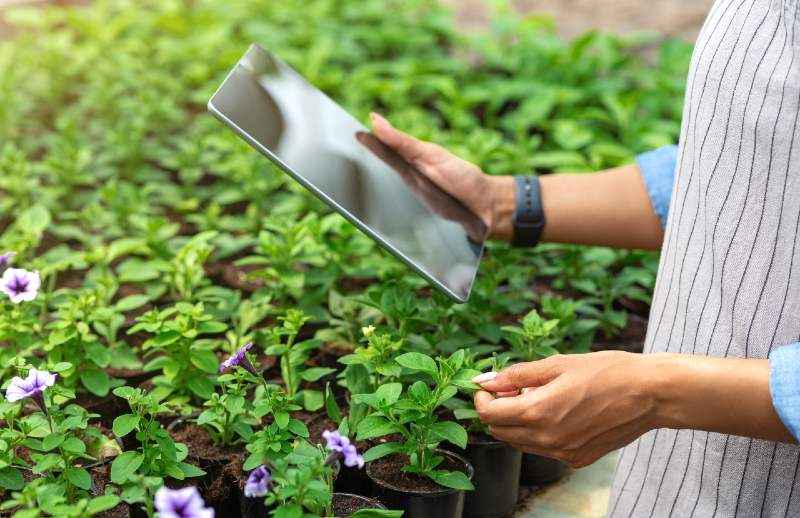
Seed starting also gives you more control. It increases the chance of salvaging your crops just in case unpredictable climate changes occur. More so, it allows you to cultivate crops that are deemed unfavorable in your agricultural growing zone.
3. It Keeps You On Track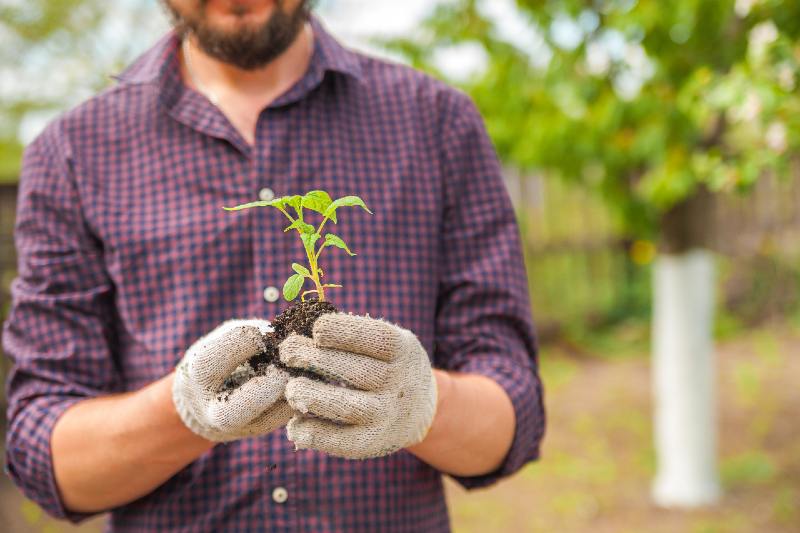
Doomsday or not, having an effective food security plan is a given. But sometimes there are factors beyond our control such as weather and economic conditions that may derail this. Being ahead of the curve in terms of seed preparation keeps your plan on track.
4. It Is Financially Rewarding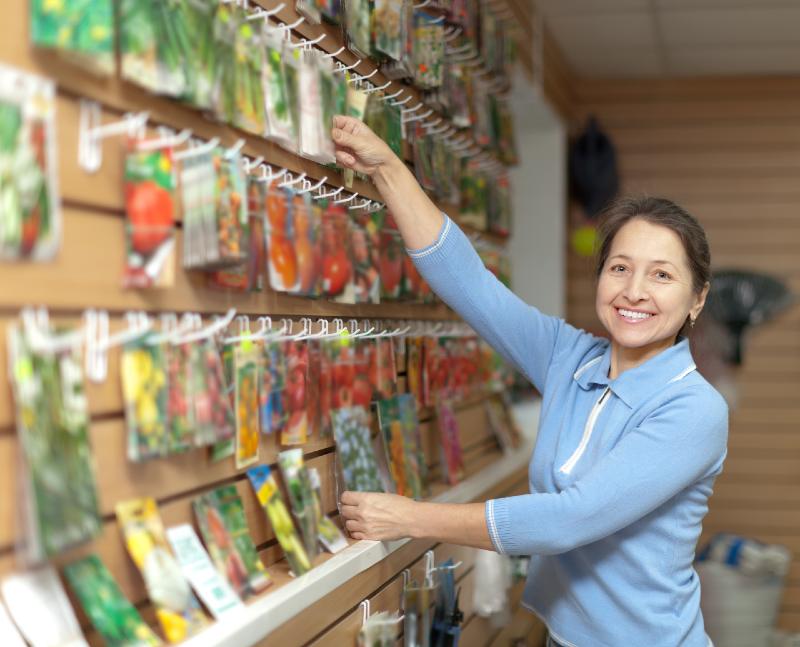
It is way cheaper to start your own seed than buying plants from dealers. Aside from this, you will also save a lot of food money come harvest time. The cash surplus that you will reap from not spending on food can be funneled to other essentials like clothing and education.
Starting Your Seeds at The Right Time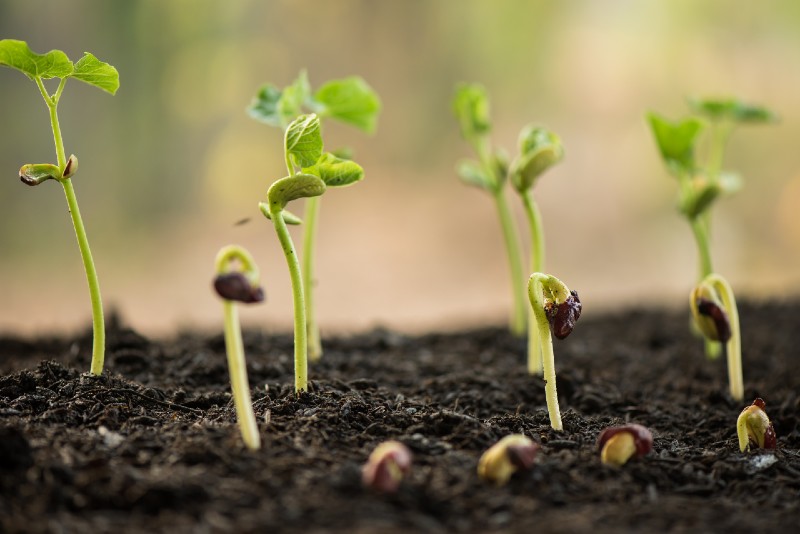
In agriculture, time is of the essence. Seasoned farmers are very strict when it comes to time since this is where the success of their crops depends. In general, seeds of most fruits and vegetables should be prepared within the last week of January or the first week of the succeeding month.
Starting as early as this period gives the seeds enough time to develop better resistance and health. In short, these six to eight weeks are crucial to the quality of your seeds during outdoor transplanting.
RELATED: Survival Gardening – How To Grow Lettuce Indoors
Seed Starting Tips for 8 Common Crops
1. Brussels Sprout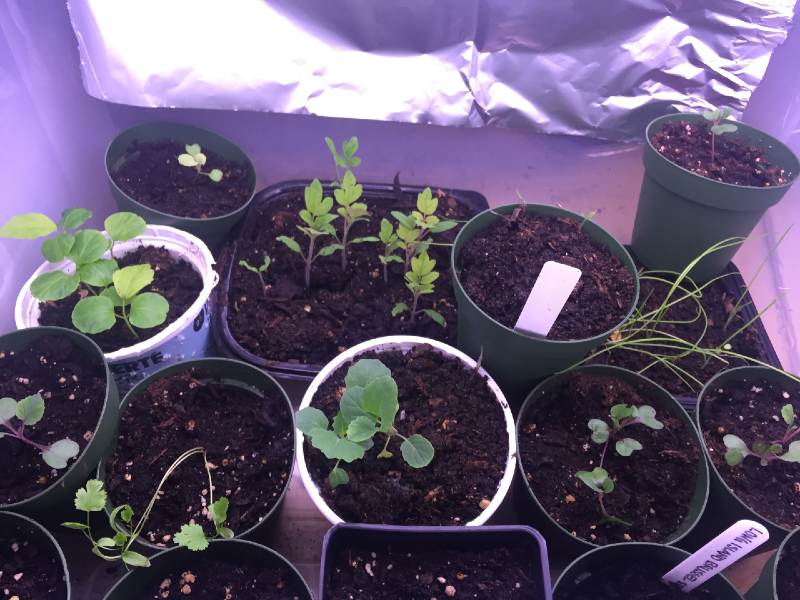
Seed starting Brussel sprouts for fall takes about 16 weeks. If you aim to grow them during summer, start the seeds before frost, at least 4 to six weeks ahead. To plant the seeds, sink them an inch and a half down in the potting soil or starting mix.
2. Cauliflower
For fall garden cauliflower, seed starting begins 12 weeks just before the seasons’ first frost. For better transplanting, it is recommended that you prepare each seed into individual containers. Keep the soil moist and not wet in the whole sprouting duration.
3. Cucumber
The last part of February is the best time to start cucumber seeds. Wrapping them in moist paper towels is the easiest and quickest starting method. Once done, transfer the seeds to a shallow container covered with transparent plastic wrap and place them in a sunny area. It only takes three to five days for the cucumber seeds to sprout.
4. Green Bean
Compared to other seeds, these ones are tougher and easier to cultivate. Green bean seeds are usually sown directly into the soil. However, for backup purposes in case some crops fail, you can prepare some seeds in the greenhouse. To boost germination, soak the seeds in low-temperature liquid for about 12 hours to a whole day.
5. Pepper
To promote proper germination, soak pepper seeds in cool water for one to two days. This process will help in breaking the seeds’ tough shell. Once the shells are broken, wrap the seeds with damp paper towels. Enclose them inside a Ziploc bag then place them under direct sunlight. Transfer the seeds into a tray once sprouts are visible.
6. Strawberry
In most climates, it will take about six weeks of starting before strawberry seeds are ready for outdoor transplanting. Regardless of climate though, seed starting for this type of plant should be done in a sunny area within three weeks at least. Make sure that the soil is moist and warm to enhance germination.
7. Summer Squash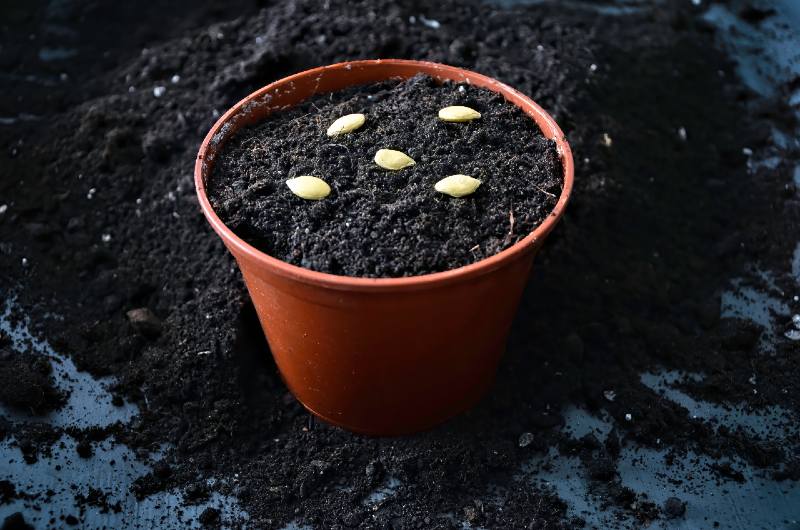
Plant the seeds in the seed starting mix to at least an inch deep. The germination period for summer squash seeds takes about a week to 10 days. The ideal soil temperature for this type of seed is 30 degrees Celsius(85ºF). However, refrain from transplanting it outdoors unless the temperature is at least 21 degrees Celsius (70ºF).
8. Tomato
Tomatoes are loaded and with vitamins and minerals. It is an important part of a healthy diet and it is easy to grow. Prepare a tray or a pot and fill it within an inch of good quality soil. Pour water on the soil and let a good part of the liquid drip. Once done, plant the seeds maintaining a distance of one and a half inches apart from each other.
Check out this Seed Starting 101 vid by The Lawrence Farm:
Growing your own food is still the ultimate way to combat the threat of starvation. Since prehistoric man first learned the wonders of agriculture, it has always been. We modern men just tend to overlook or worse, forget this fact because of our modern lifestyle.
Today, however, more people are realizing the advantages of DIY gardening. The onslaught of COVID-19 last year is a wake-up call for all of us. It further exposes the vulnerability of the commercial food industry.
In these trying times, self-reliance and sustainability are vital to surviving. To ensure that your family is safe from the pangs of hunger, you need to get your hands dirty.
As a parting shot, DIY seed starting gives you the advantage of getting all the information you need about your crop. These include seed type as well as the specific brand of herbicides and fertilizers employed during cultivation. With these vital pieces of information, you will have more control over the food that you will grow for your family.
[poll id=”47″]
Why do you think home gardening is an excellent food security plan? We would like to hear your thoughts in the comment section below:
Up Next:
Calling all preppers, craftsmen, bushmasters, outdoorsmen, and all-around skilled people, Survival Life needs YOU! Click here if you want to write for us.
Don’t forget to stay connected with us on Facebook, Twitter, Pinterest, and Instagram!
-

 Do It Yourself7 months ago
Do It Yourself7 months agoParacord Projects | 36 Cool Paracord Ideas For Your Paracord Survival Projects
-

 Do It Yourself9 months ago
Do It Yourself9 months agoHow To Make Paracord Survival Bracelets | DIY Survival Prepping
-

 Do It Yourself9 months ago
Do It Yourself9 months ago21 Home Remedies For Toothache Pain Relief
-

 Do It Yourself10 months ago
Do It Yourself10 months agoSurvival DIY: How To Melt Aluminum Cans For Casting
-

 Exports8 months ago
Exports8 months agoAre Switchblades Legal? Knife Laws By State

